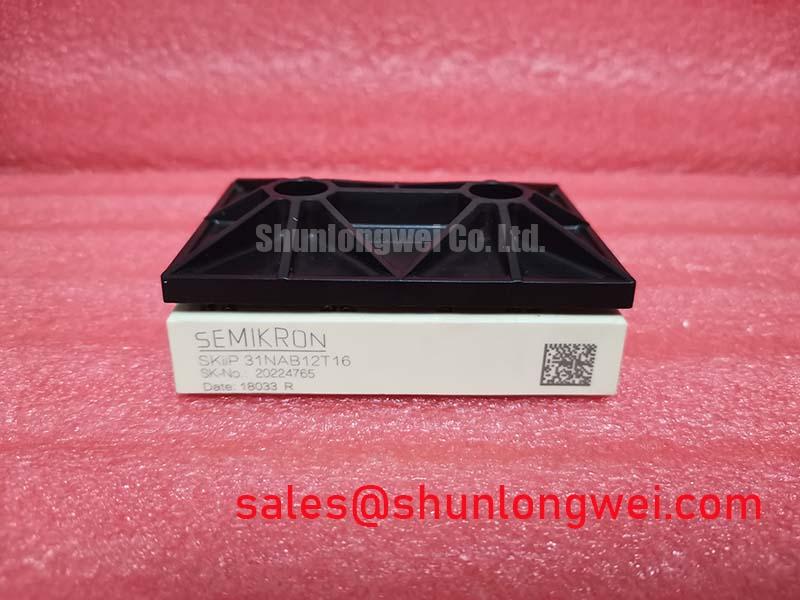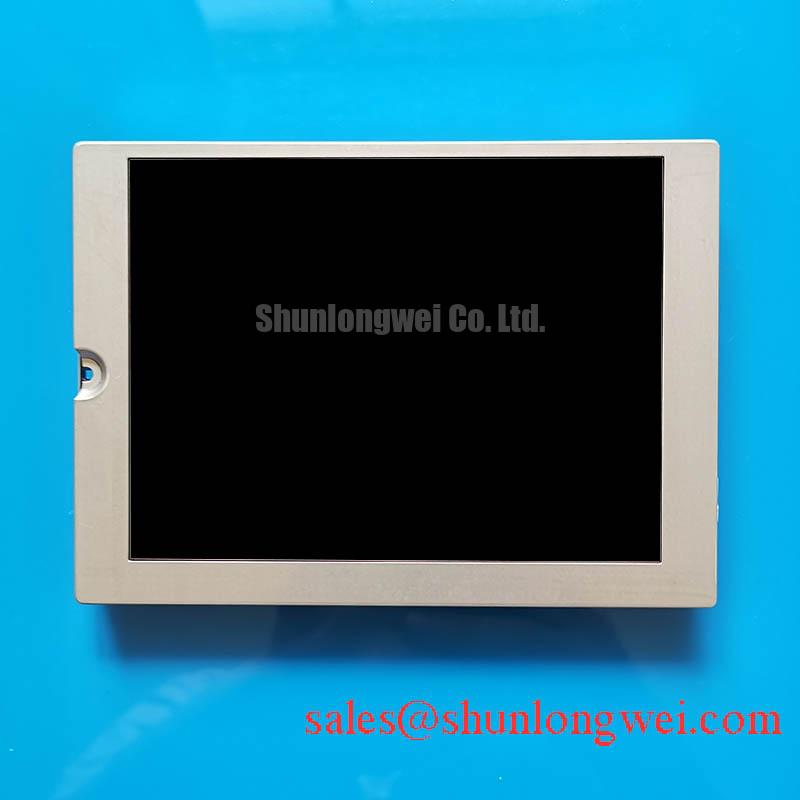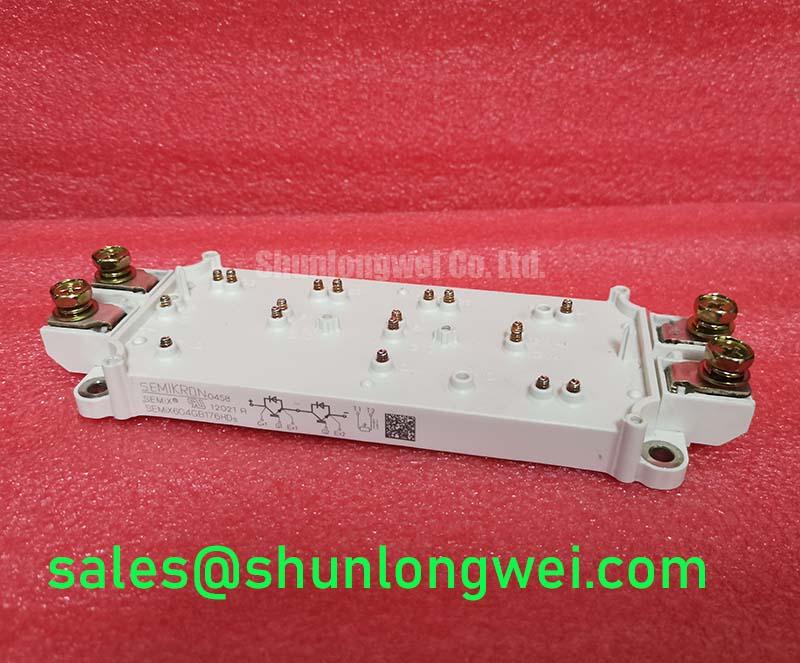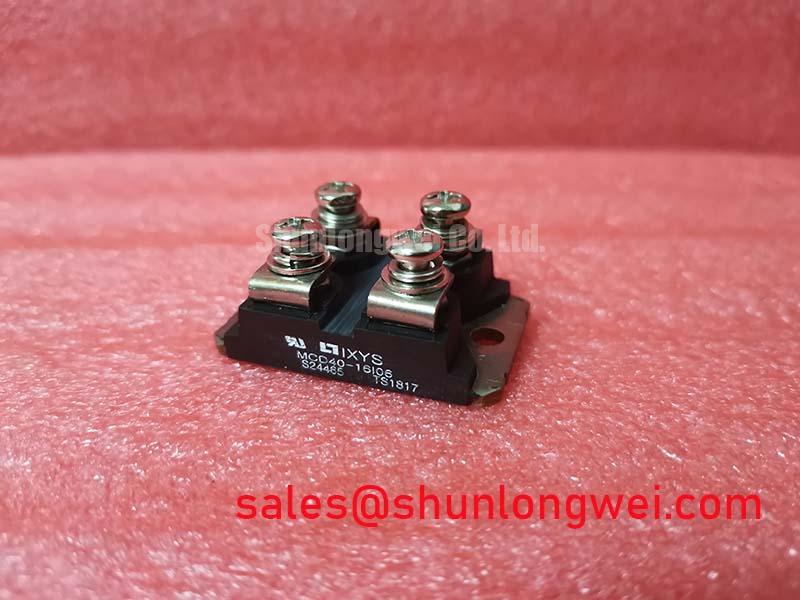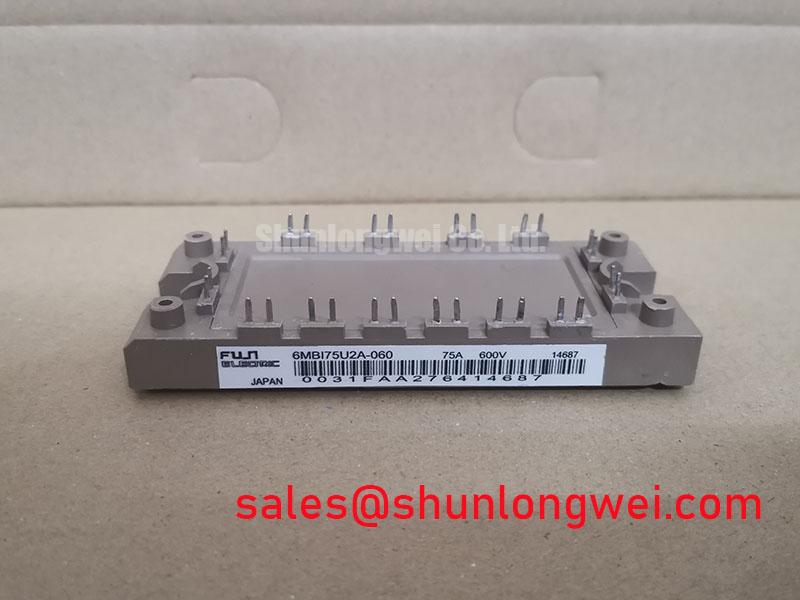Content last revised on October 23, 2025.
LJ512U25 by Sharp: A High-Reliability EL Display for Critical Systems
Introduction to an Enduring Display Technology
The Sharp LJ512U25 is a 512x256 resolution Electroluminescent (EL) display, engineered for exceptional visual clarity and operational robustness in demanding environments. Delivering a high-contrast, amber-on-black image with a virtually unrestricted viewing angle, this display technology is built for mission-critical applications where data legibility is non-negotiable. Its key specifications include a 512x256 pixel format, a wide operating temperature range, and a solid-state, emissive design. This design provides two primary benefits: intrinsic immunity to the viewing angle limitations of many liquid crystal displays and rapid response times even in sub-zero conditions. What is the primary benefit of its solid-state design? It ensures consistent performance and reliability across extreme temperatures where conventional displays may fail. For legacy industrial controls and medical devices requiring a rugged, high-contrast 512x256 display, the LJ512U25 offers a proven, long-life solution.
Key Parameter Overview
Translating Key Specifications into System Performance
The performance of the Sharp LJ512U25 is defined by a set of specifications that ensure reliability and clarity. The following table highlights the critical parameters that engineers and procurement managers must consider for system integration and maintenance.
| Parameter | Specification | Engineering Value |
|---|---|---|
| Display Technology | Thin Film Electroluminescent (TFEL) | Solid-state design provides inherent resistance to shock and vibration. |
| Resolution | 512 x 256 Pixels | Provides sufficient detail for graphical user interfaces and complex data readouts in process control instrumentation. |
| Active Area | 195.0mm (W) x 97.0mm (H) (Approx. 9.6-inch diagonal) | Offers a large, readable screen suitable for fixed-mount HMIs. |
| Viewing Angle | > 160° (Horizontal & Vertical) | Ensures unambiguous readability from nearly any operator position, critical for medical ventilator displays and control panels. |
| Luminance | ~30 cd/m² (Typical) | Delivers clear visibility in low to moderate ambient light conditions. |
| Response Time | < 1 ms | Eliminates motion blur and ghosting, providing crisp updates for real-time monitoring. |
| Operating Temperature | -20°C to +65°C | Guarantees reliable startup and operation in unheated or outdoor-adjacent environments. |
Application Scenarios & Value
System-Level Benefits in Critical HMI Applications
The true value of the Sharp LJ512U25 is demonstrated in applications where standard displays fall short. Consider the challenge faced by engineers tasked with a legacy system upgrade for industrial machinery operating in a cold storage facility. Conventional LCDs would require heaters to reach their minimum operating temperature, adding complexity, cost, and a potential point of failure. The LJ512U25, with its solid-state TFEL technology, operates flawlessly down to -20°C without such aids. This is analogous to a solid-state drive versus a mechanical hard drive; the absence of moving or liquid components provides a fundamental advantage in harsh conditions.
This robustness makes it an essential component for:
- Industrial Control Panels: In manufacturing, CNC machines, and process automation, its immunity to vibration and wide viewing angle ensure operators have a clear view of system status at all times.
- Medical and Scientific Instrumentation: Devices like patient monitors and analytical equipment (e.g., gas chromatographs) benefit from the display's long-term stability and high-contrast text, reducing the risk of misinterpretation of critical data.
- Avionics and Transportation: The technology's proven history in demanding sectors underscores its reliability for auxiliary displays where performance under stress is paramount.
While the LJ512U25 is ideal for monochrome, high-reliability systems, projects requiring full-color graphical interfaces may consider modern TFT-LCD alternatives such as the G104S1-L01, which offer different performance trade-offs.
Frequently Asked Questions
Engineering Inquiries on Integration and Longevity
What is the typical interface for the LJ512U25 and what are the integration considerations?
The LJ512U25 typically utilizes a parallel data interface. Engineers should pay close attention to the specific timing and voltage requirements detailed in the official datasheet. Its interface is common for displays of its era, making it a viable drop-in replacement for many existing systems with minimal to no software modification.
How does the solid-state nature of EL technology impact the display's long-term reliability?
The primary advantage is the elimination of failure modes common to liquid crystal displays. There is no liquid to leak, no backlight to degrade unevenly, and no polarizer to delaminate. The result is a highly predictable and stable operational life, which is a key factor in calculating the total cost of ownership for industrial equipment.
Why is the >160° viewing angle a critical specification?
Unlike LCDs where contrast and colors can shift dramatically when viewed off-axis, this emissive display's image is stable from almost any angle. In a control room or medical setting, multiple personnel may need to view the screen simultaneously from different positions. A wide, consistent viewing angle ensures that the data seen by one operator is identical to that seen by another, preventing critical errors.
Can the LJ512U25 operate in high-vibration environments?
Yes, its solid-state construction, with no moving parts or liquid layers, makes it inherently more resistant to mechanical shock and vibration than many other display technologies. This physical robustness is a key reason for its deployment in heavy machinery, transportation, and industrial settings.
Technical Deep Dive
A Closer Look at Electroluminescent Technology for Unmatched Reliability
The core of the Sharp LJ512U25's performance is its Thin Film Electroluminescent (TFEL) technology. This is fundamentally different from the transmissive or reflective nature of TFT-LCD panels. A TFEL display is a self-emitting system where a layer of phosphorescent material is sandwiched between transparent dielectric layers and a grid of electrodes. When a voltage is applied across the row and column electrodes, the phosphor at the intersection emits light directly. This pixel-level emission is the source of its exceptional contrast and viewing angle.
The engineering benefit here is profound. Think of it like comparing a stadium's large, single floodlight (an LCD backlight) to the individual pixels on its giant screen. The individual pixels provide clarity and uniformity from every seat, whereas the floodlight's effectiveness depends heavily on your viewing position. This self-emissive characteristic of the LJ512U25 ensures that crucial warnings or data points on a Human Machine Interface (HMI) are never lost due to an operator glancing from an oblique angle.
A Strategic Component for System Longevity
The LJ512U25 is not just a display; it is a strategic component for extending the service life of high-value capital equipment. For engineers managing the lifecycle of industrial, medical, or defense systems, sourcing a display with proven long-term availability and reliability is critical. The robust, solid-state nature of this EL panel provides a dependable path for maintaining operational readiness and avoiding costly system redesigns, securing the value of the initial investment for years to come.












